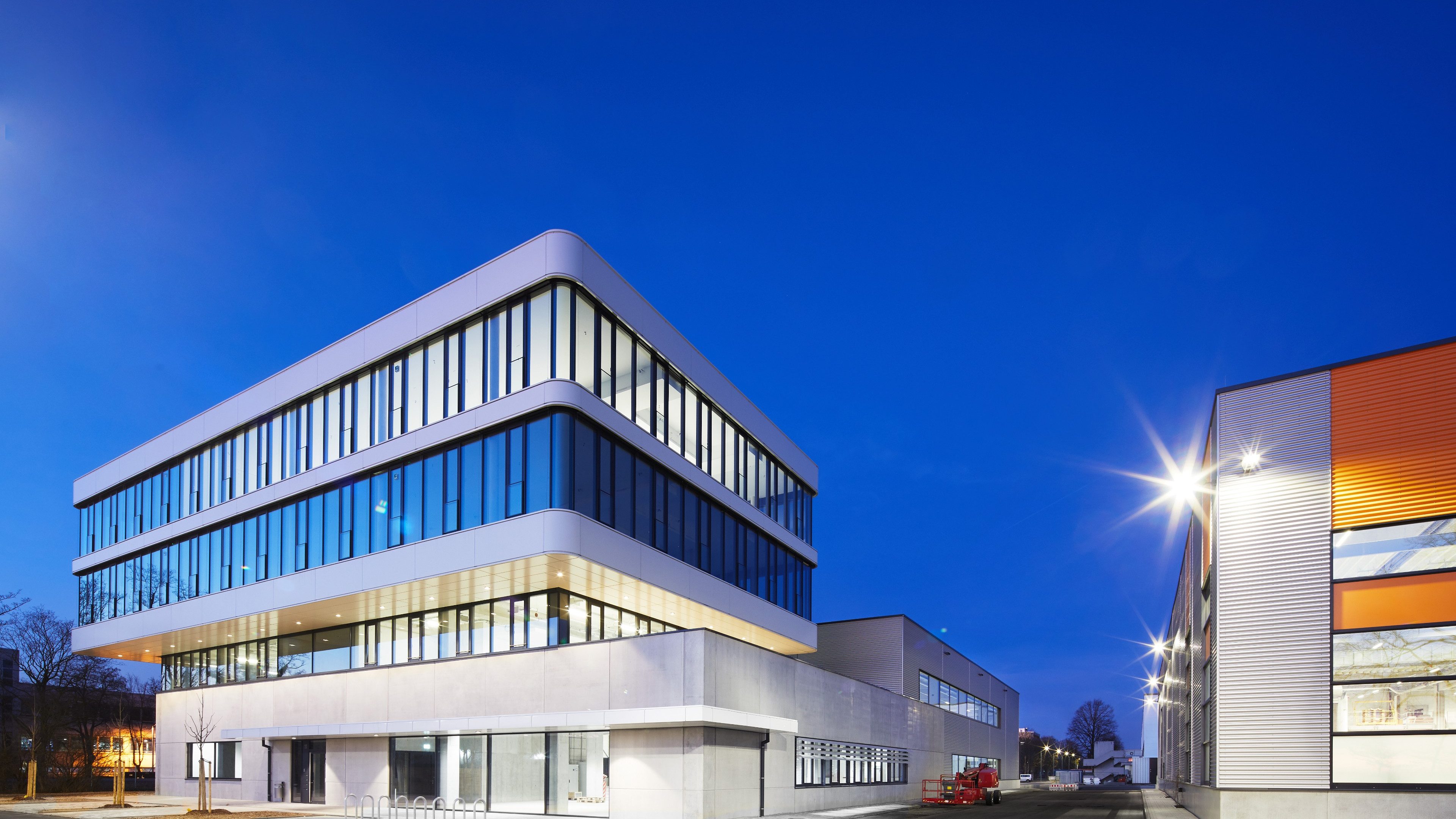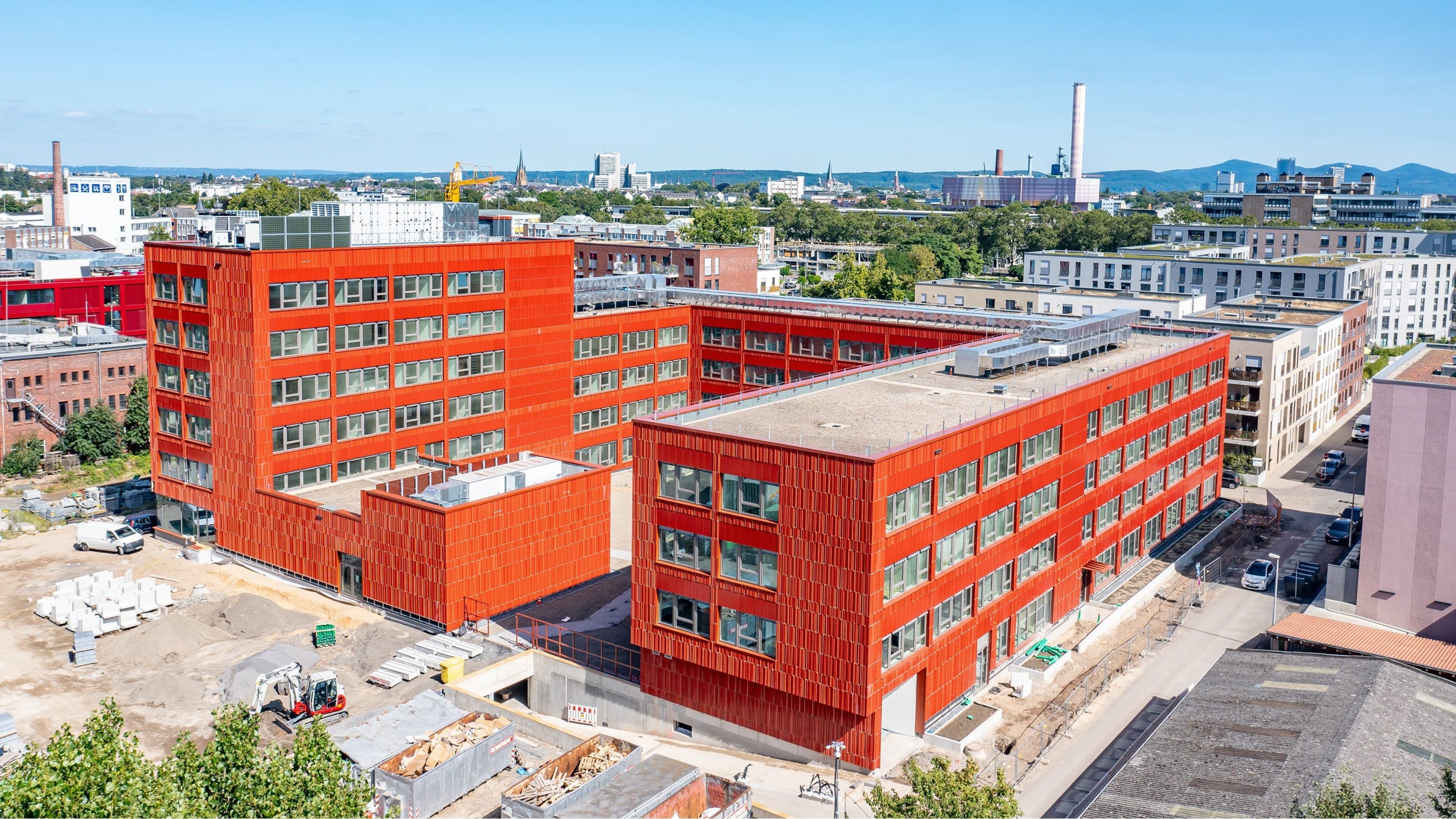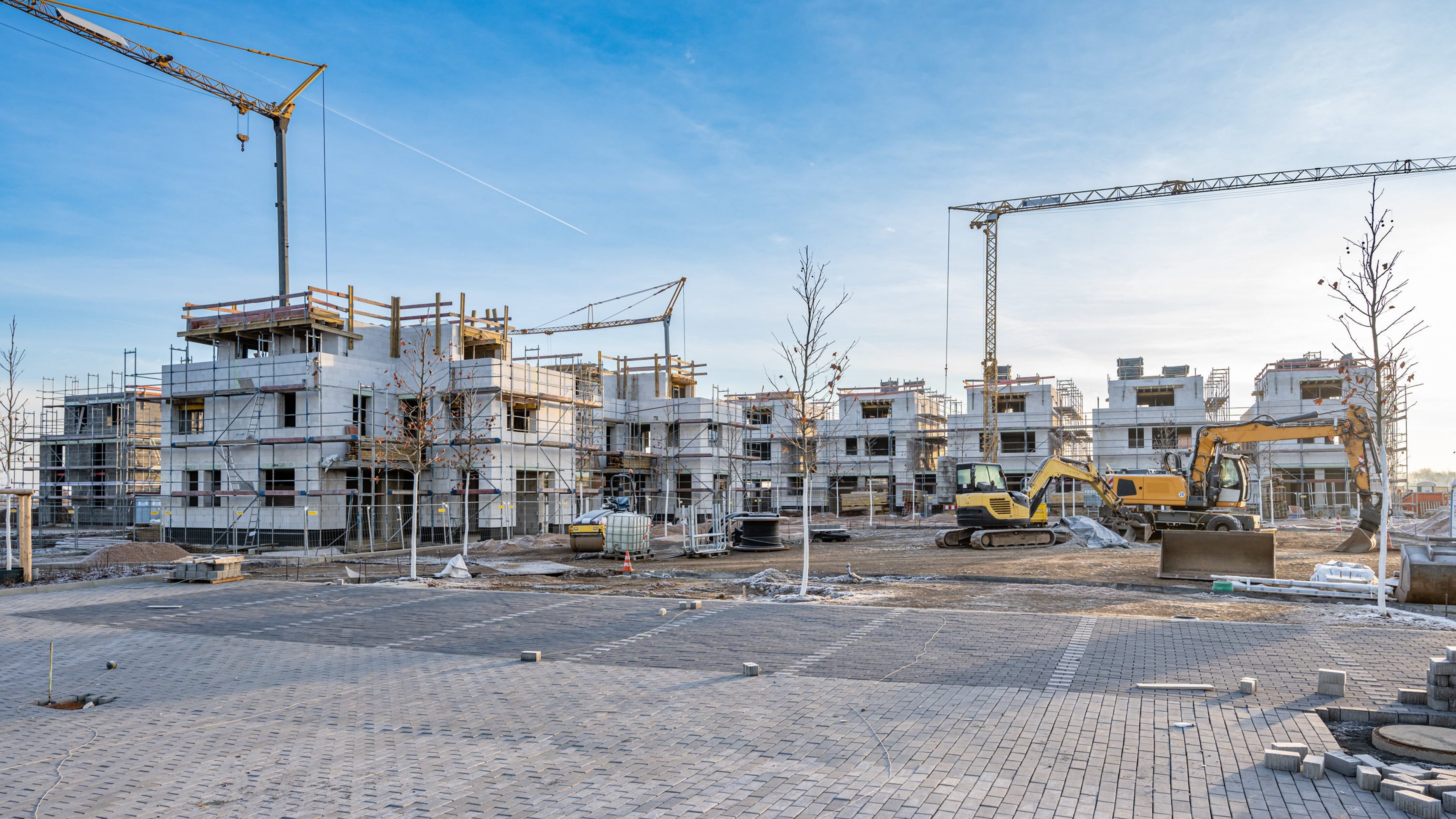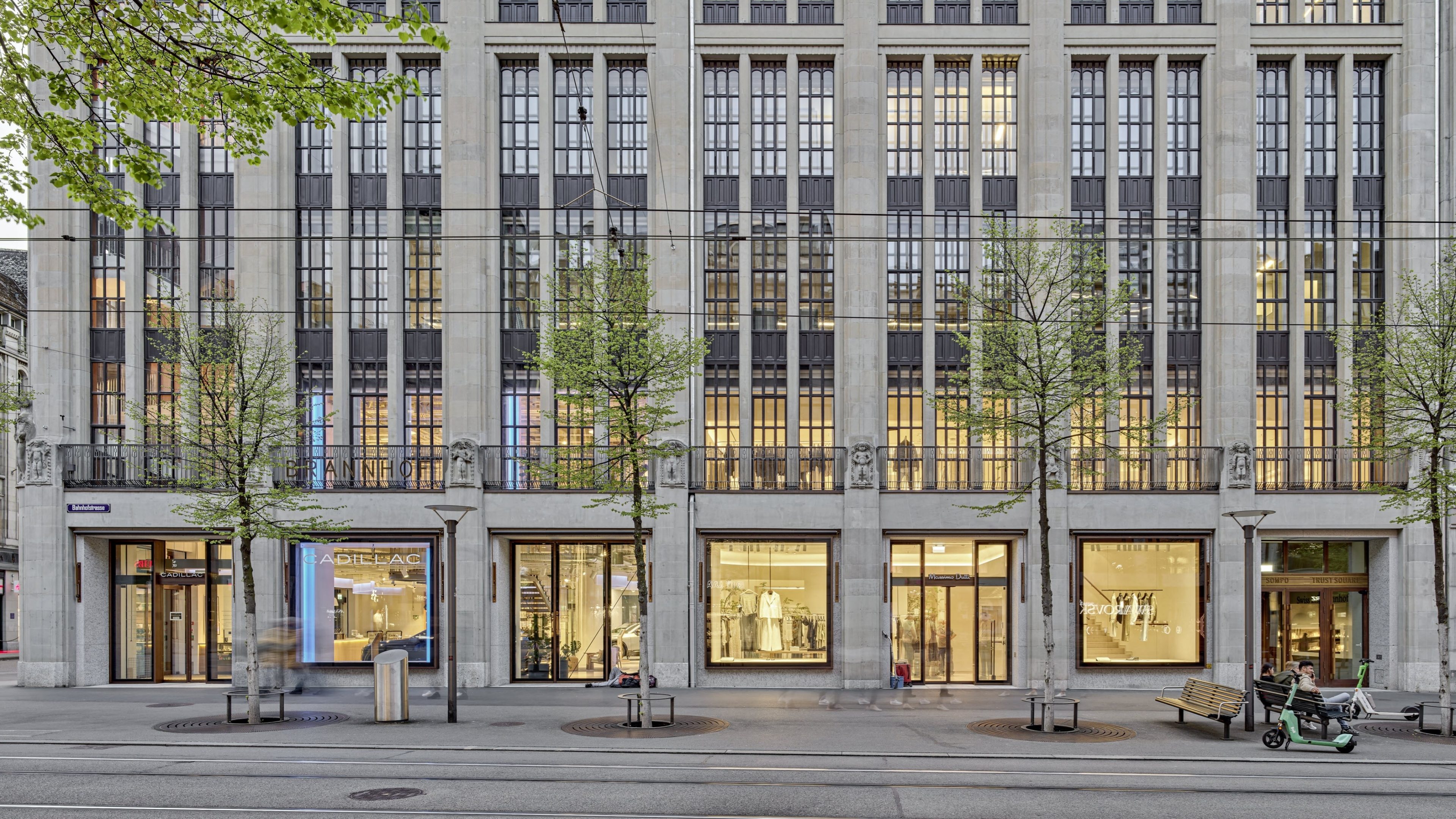Life sciences are booming, and demand for real estate in this sector is correspondingly high. In this article, Jan Plückhahn, member of the Executive Board of BEOS and Head Real Estate Germany, and Alexander Bakhtiar, Senior Manager Corporate Solutions, BEOS, explain the opportunities and challenges that this asset class presents for investors and developers.
Success stories such as that of the Mainz-based company BioNTech have shown that companies from the medical, pharmaceutical, biotechnology, biophysics and similar sectors can shape the development of entire cities.
Life sciences are one of the main growth segments in the European economies. In a ranking published by consulting firm PwC last year, life science real estate ranked second in future-oriented use classes – ahead of data centres. But what opportunities and challenges does this actually mean for the real estate sector?
Opportunity 1: increasing demand for rental solutions
The sectors that together make up the life science segment are in the process of a far-reaching structural change: Technological advances mean that many essential devices are becoming ever smaller and more powerful. As a result, in addition to large corporations, more and more small and medium-sized companies are operating very successfully in this market – and in a much smaller space than would have been necessary ten years ago.
The topic of “new work” is also affecting companies with a focus on life sciences: interdisciplinary and cross-location cooperation are becoming increasingly prevalent. This calls for modern mixed-use concepts which offer an intelligent combination of a wide range of space types – from laboratories to conference rooms, and from back-offices to communal areas.
Rather than highly specialised built-to-suit properties that remain in company ownership for decades, rental solutions are increasingly gaining in relevance. This also means that modern life science real estate is being designed as multi-tenant properties. However, especially in established locations and clusters, there is currently not enough rental space (designed to meet user needs) to meet the needs of the coming years. The opportunities for real estate developers and investors are correspondingly good.
Opportunity 2: life science companies are stable, location-based tenants
Life science companies are generally characterised by a number of positive similarities, which make them very stable tenants. These are often pharmaceutical companies with good credit ratings or well-financed start-ups for which rental expenses account for only a very small part of their overall budget. However, these companies are highly dependent on their research and development success, and their business model should be thoroughly analysed before a rental.
In most cases, these companies bring a clear benefit to society by developing products and solutions that improve people’s quality of life or even their longevity. At a time when social sustainability is becoming increasingly relevant as an investment criterion, this is an important value-defining factor.
Furthermore, life science companies often demonstrate a high level of location loyalty due to their high usage requirements, their long-term research approach, and the general shortage of space. An important factor here is that, despite the technological progress, the space cannot be substituted as the relevant analyses and experiments cannot be carried out from home. And unlike in retail, the business models (and the space associated with them) cannot be replaced by competitors on the internet.
Opportunity 3: life science spaces fit well into modern campus solutions
Life science spaces are an ideal fit for modern campus solutions. There is no question that an efficient safety concept, especially in laboratories, is absolutely essential for the successful establishment of life science companies. At the same time, strong synergy effects can be created in shared spaces – including across sectors. For example, proximity to universities and research institutes is key to attracting well-qualified professionals. However, this also applies to the IT industry, communication technologies, and the automotive and aerospace segments.
In fact, it has been shown that given the right conditions, existing locations can develop more in the direction of life science over the years. After all, a life science space can be created at many locations where a light industrial unit or even an office complex could also be realised. Once this path is embarked on, however, it is difficult to turn back time.
Challenge 1: once life sciences, always life sciences
Life science spaces are only suitable for alternative uses to a limited extent. Although it is possible, for example, to reposition an abandoned production building as a life science property, this will require extensive investments, including in high-performance building infrastructure and increased security technology. Given this very high-quality use, tenants are willing to pay higher prices per square metre than would be realistic for most other types of space.
But as always, the opportunities and risks lie in the details, as rental solutions are not all equal. The interface between the user/tenant and the lessor/owner is crucial. Depending on where and how this interface is arranged, it involves opportunities and risks for both sides in terms of construction, operation, and potential for alternative or even third-party use.
It is therefore unlikely that it would be economically feasible to convert such properties at the end of the rental cycle. The owner should therefore be fully confident of the long-term prospects of the property as a life science location in the future.
Challenge 2: complex asset and property management
Tenants’ requirements are not only very high during the construction phase, but also in their day-to-day operations. It is therefore important to ensure an uninterrupted energy supply, in particular to technical installations, and to minimise the risk of breakdowns.
Continuous maintenance and servicing are essential. A comprehensive understanding of the industry-specific processes is also required in order to be on an equal footing with the tenant and properly understand their needs.
Challenge 3: energy-intensive operations
In a similar way to traditional light manufacturing properties, life science properties are very energy-intensive in operation. High-performance cryogenic technology (cold storage) in 24-hour operation is just one of many examples. The question of the energy balance of the respective properties is therefore important.
The more sophisticated and efficient the energy concept, and the more electricity that can be produced directly on site, for example using photovoltaic systems, the greater the savings for tenants in terms of their operating costs. This means it is all the more important for real estate developers and asset managers to pool their accumulated experience in the area of environmental sustainability, and to offer a suitable overall concept.





